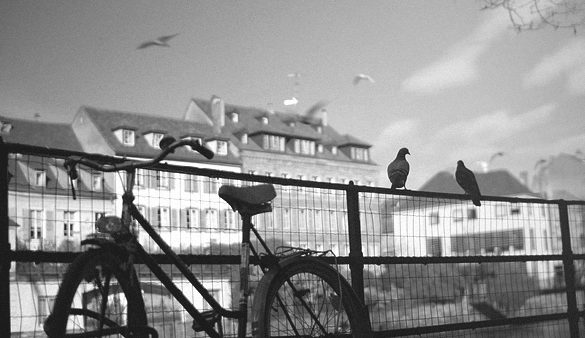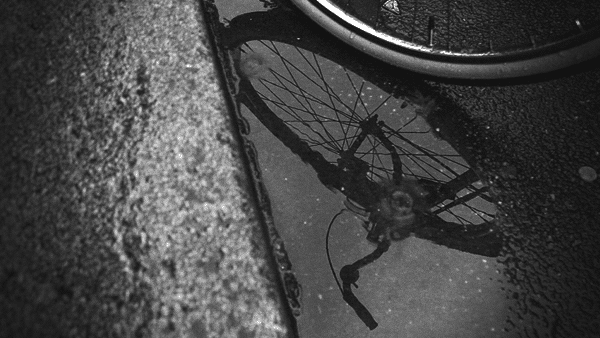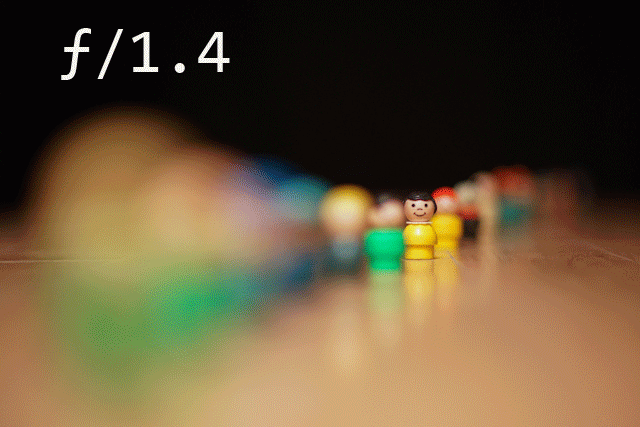My project is summarised under what I would like to call as Static Movement. This phrase stems from my directorial inspiration, Studio Ghibli’s Hayao Miyazaki, a master filmmaker who uses a combination of simplicity and the essence of humanity in his films to tell a powerful and evoking story.
My research on his works has then led me to question as to how animated feature films “soothe the spirit” and envelop you in its fictional reality better than some of those found in non-animated feature films. And this is where static movement comes into play.
The answer to the enigma of static movement is on emphasis. Miyazaki doesn’t just choose the main protagonist or a certain character in his films to show movement and action, but he complements this with another feature that also moves before making everything else static so we viewers are attuned to only what moves on screen.
Us viewers are given a different form of entry into the world of the characters that you are following on screen: we are given entry to not just what matters to the advancement of the story, but to them as characters whether they be a child or an adult, a monster or some form of creature.
In saying that, my project will be a narrative short film using static movement and normal filming principles.
My approach on this subject is simple:
- First, I will be making a series of my own cinemagraphs both for practice and investigation – these cinemagraphs will help me in figuring out whether their use is specifically as an establishing shot, a transitional shot or something I can use in the middle of an action.
In terms of the filming process, I will use either a DSLR or a video camera. I will use both in two different investigations and see which one yields the result I want: a crisp, as high-quality as possible cinemagraph.
- Then, I will be compiling a shot list – this list of shots will be governed by two things: capturing the emotional intensity of certain characters, and shots that can be used for the progression of the story (i.e. a cinemagraph of a moving train then cuts to a crowd of people walking towards the station).
This particular area will allow me to improve my skills as a filmmaker in regards to directing actors, setting up the frame and the dressing the set also.
- I will also be investigating a particular locale where the film will be set. I was previously thinking of an “ancient world” and mythology aesthetic based on a novel that I am interested in, but I have to assess the feasibility of this option. My other option is setting the film in the 1930’s or 40’s because there is already an underlying conflict there (the world wars happen at this time) and would be a great setting for emotional intensity and to set a narrative.
I am thinking of approaching this in two ways too: I write a script or I stick to a shot list.
I’ve made a 30 second sample of what I hoped to achieve with this project below:
Note: cinemagraphs here were used as establishing shots. Further investigation would be using cinemagraphs in a different way.














